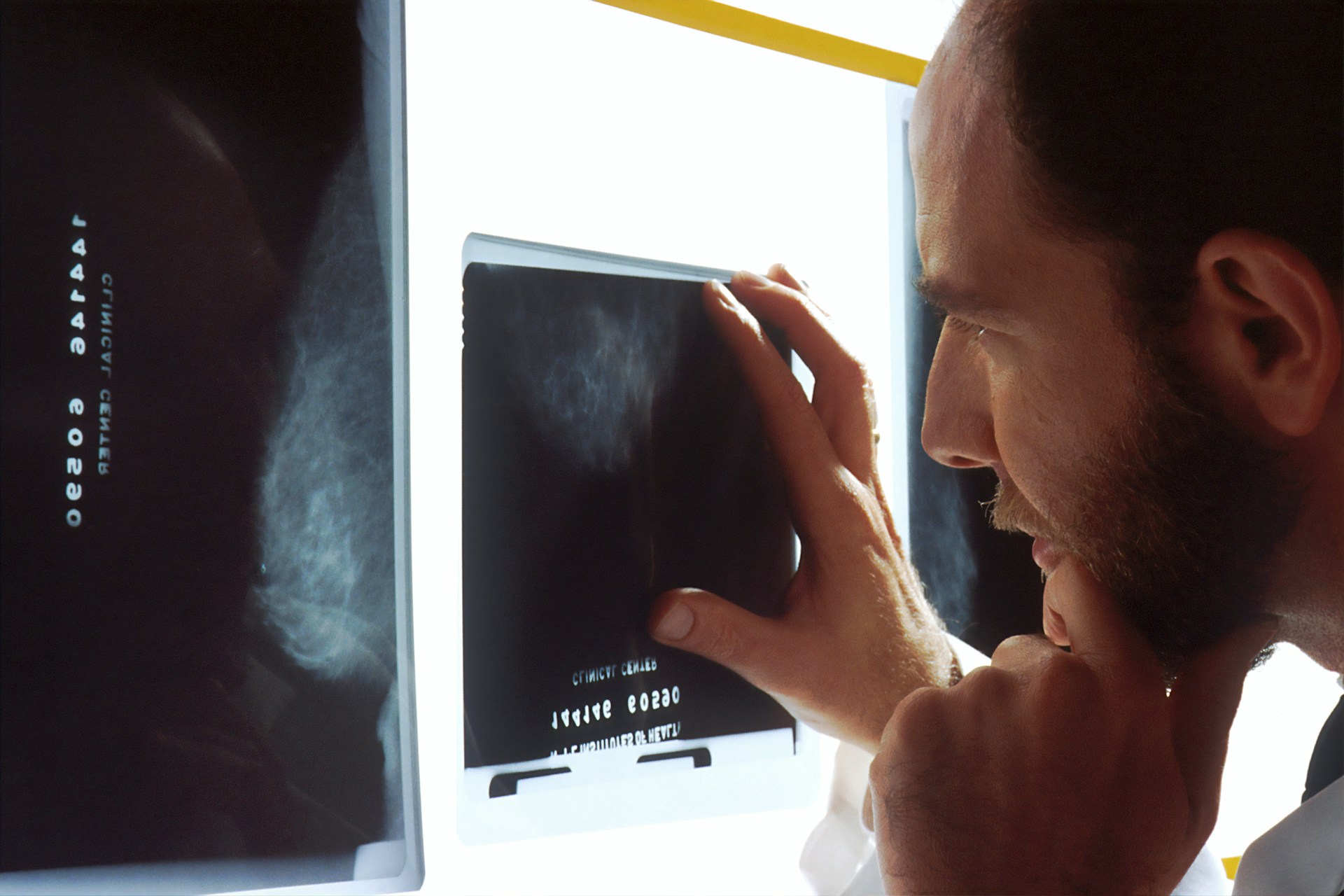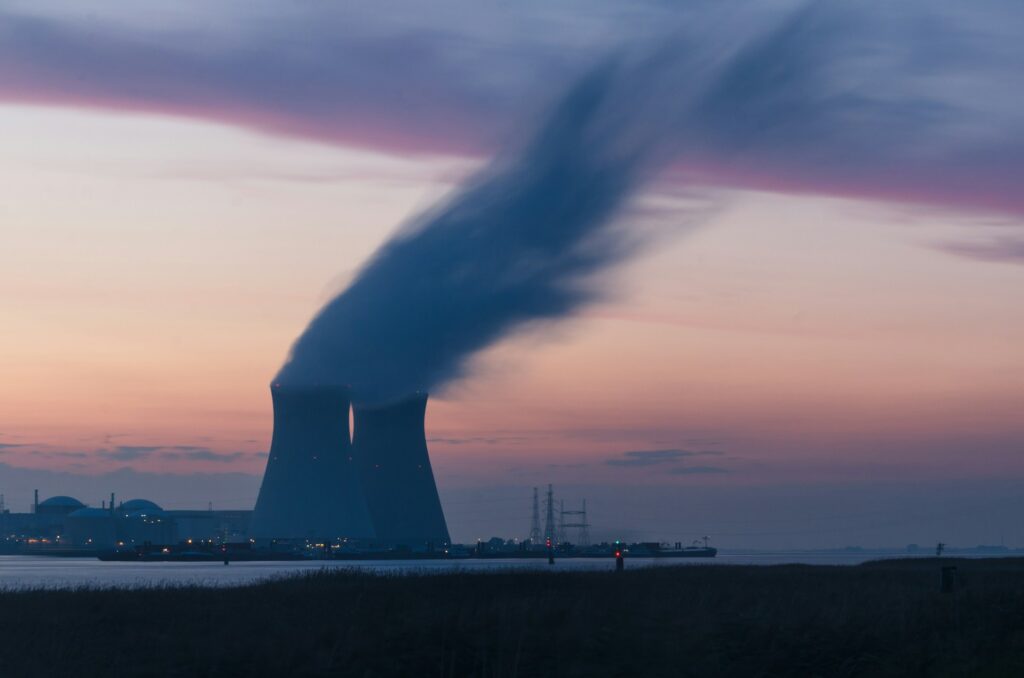Researchers at the University of Michigan have built a compact, laboratory-scale 3D X-ray diffraction (Lab-3DXRD) instrument that can image the internal grain structure of metals, ceramics and rocks without access to particle accelerator facilities. The research, published in Nature Communications, can be found here:
Oh, S., Jin, Y., Lee, S. et al. Taking three-dimensional x-ray diffraction (3DXRD) from the synchrotron to the laboratory scale. Nat Commun 16, 3964 (2025). https://doi.org/10.1038/s41467-025-58255-x
Lab-3DXRD reconstructs volumetric maps of polycrystalline materials by rotating millimeter-sized samples in a high-intensity X-ray beam and collecting diffraction patterns from multiple angles, an approach akin to medical CT scans but using X-rays a million times more powerful than standard medical grade X-ray machines.
The footprint of a residential bathroom is about the size of the 3DXRD system and was built in partnership with PROTO Manufacturing. It uses a liquid-metal-jet anode; where a continuous stream of liquid metal replaces a static solid target, to endure the heat load of high-power electron beams and deliver a powerful X-ray beam.
In a comparative test between the Lab-3DXRD and a particle accelerator (Synchrotron) on a titanium alloy sample, Lab-3DXRD detected 96% of the grains identified by both synchrotron-based 3DXRD and laboratory diffraction contrast tomography (LabDCT). Detection was particularly strong for grains larger than 60 µm.
Ashley Bucsek, assistant professor of mechanical engineering and materials science at University of Michigan and co-corresponding author of the study, says:
“This technique gives us such interesting data that I wanted to create the opportunity to try new things that are high risk, high reward and allow teachable moments for students without the wait-time and pressure of synchrotron beam time,”
Bucsek went onto say:
“Lab-3DXRD is like a nice backyard telescope while synchrotron-3DXRD is the Hubble telescope. There are still certain situations where you need the Hubble, but we are now well prepared for those big experiments because we can try everything out beforehand,”
Seunghee Oh, first author on the paper and now at Argonne National Laboratory’s X-ray Science Division, led the validation study and points out that integrating more sensitive photon-counting detectors could improve resolution for the smallest grains.
The work was supported by the U.S. National Science Foundation and the Department of Energy.

Hassan graduated with a Master’s degree in Chemical Engineering from the University of Chester (UK). He currently works as a design engineering consultant for one of the largest engineering firms in the world along with being an associate member of the Institute of Chemical Engineers (IChemE).



